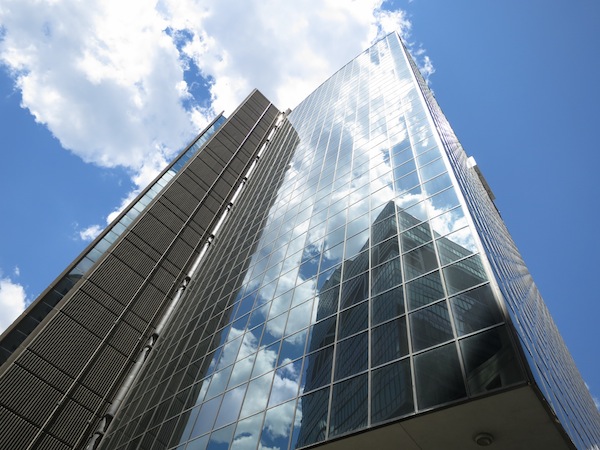Through the 2012 Owner Study, consultant FMI and the Construction Users Roundtable set out to understand how large capital program owners are coping with the current environment, as well as what challenges they believe the future environment holds and how prepared they feel to face these challenges. In general, survey and interview questions fell into these broad areas:
-
Identification of future issues impacting capital programs and the degree of preparedness toward addressing those issues.?
-
Level of staffing changes during the past four years and anticipated staffing trends going forward.
- Degree of project disruptions affecting capital programs resulting from delays, cancellations and funding challenges.
- Continued evolution of project delivery systems and procurement methods.
Based on survey responses, it is clear that many capital program owners have already begun the process of identifying future challenges and mitigating the impact of those issues on their capital programs. Other owners, however, anticipate many of these challenges to have a significant effect on their capital programs and are not confident in their responses to date. The ability of these owners to maintain the objectives of their capital programs in the face of these challenges will depend on the actions they take to identify and address these issues. How capital program owners respond to both the current and future environment will significantly influence their ability to plan, design, procure and manage capital projects effectively. As their ability to engage in these activities changes, so too will the expectations of owners for their planning, design and construction partners.
Survey responses reflect the fact that economic recovery has yet to begin for many, especially in the engineering and construction industry. At its peak in 2006, the construction industry represented more than $1 trillion of economic activity, roughly 9% of nominal GDP. The industry has contracted every year since then. The burst of the housing bubble, the credit crisis and the ensuing recession reduced the industry to roughly 70% of its 2006 size in 2012, and to only 5% of nominal GDP. The dark cloud, however, is clearing. according to FMI forecasts, construction put-in-place voluimes in 2012 are expected to end the year 5% higher than in 2011.
For a free download: http://www.fminet.com/fmi-curt-survey-of-owners-2012.html
Related Stories
| Jun 19, 2014
First look: JDS Architects' roller-coaster-like design for Istanbul waterfront development
The development's wavy and groovy design promises unobstructed views of the Marmara Sea for every unit.
| Jun 19, 2014
Singapore's 'Tree House' vertical gardens break Guinness World Record
The high-rise development will have a 24,638-sf vertical garden, breaking a Guinness World Record.
| Jun 18, 2014
Design tips for Alzheimer care facilities
A new white paper from the Alzheimer’s Foundation of America and Perkins Eastman details best design practices for residential care settings for individuals living with Alzheimer’s disease.
| Jun 18, 2014
Largest Passive House structure in the U.S. to be built in Oregon
Orchards at Orenco, a 57-unit affordable housing complex in Hillsboro, Oregon, is the first of a three-phase, three-building complex.
| Jun 18, 2014
SOM's twisting tower wins design competition for Sweden's tallest skyscraper
The skyscraper, which will reach 230 meters and is named Polstjärnan, or "The Pole Star," is to be built in Gothenburg, Sweden.
| Jun 18, 2014
Study shows walkable urbanism has positive economic impact
Walkable communities have a higher GDP, greater wealth, and higher percentages of college grads, according to a new study by George Washington University.
| Jun 18, 2014
Arup uses 3D printing to fabricate one-of-a-kind structural steel components
The firm's research shows that 3D printing has the potential to reduce costs, cut waste, and slash the carbon footprint of the construction sector.
| Jun 17, 2014
Must see: If music were architecture in 27 illustrations
From Miles Davis to Björk to Manu Chao to Bach, Babina visualizes how these sounds will look like if they were visible in the form of architecture.
| Jun 17, 2014
Nation's largest Thai Buddhist temple opens near Boston
The $60 million facility built in honor of King Rama IX of Thailand is the largest Thai Buddhist temple outside of Thailand.
| Jun 17, 2014
U.S. Census report examines why Americans move
According to the U.S. Census Bureau, 35.9 million people moved between 2012 and 2013, meaning that 11.7% of the U.S. population moved in one year. The report seeks to examine why.
















